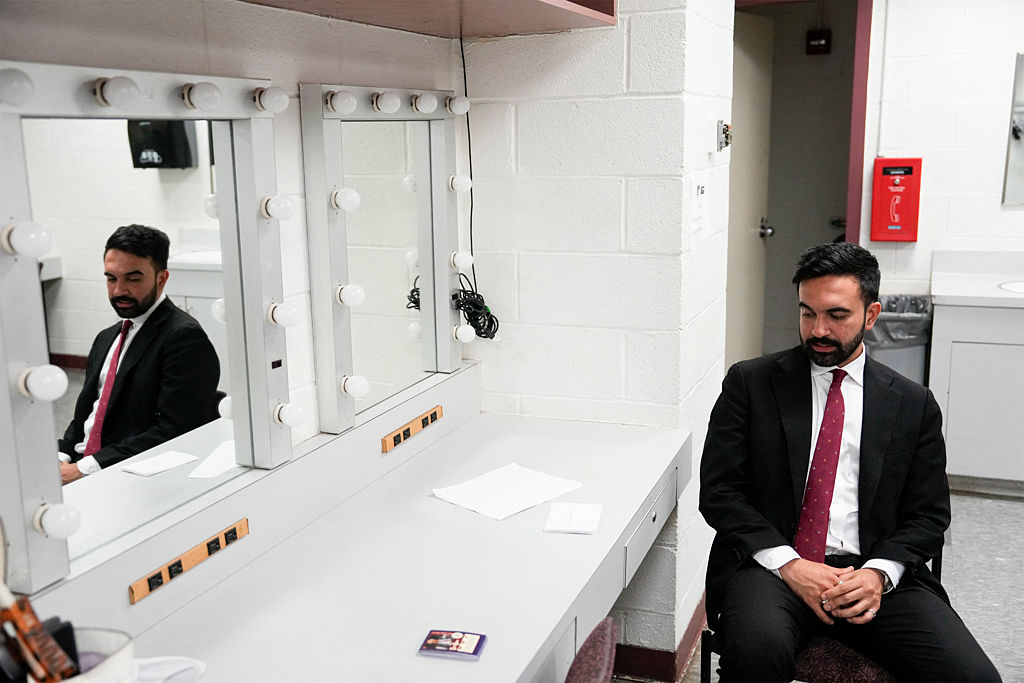Last month, Sen. Elizabeth Warren, hustling to get to the left of her rivals in the crowded Democratic field, proposed that the federal government forgive up to $50,000 in student loan debt for people in households earning less than $100,000 a year (amounts forgiven would shrink at higher income levels). The proposal is projected to cost $640 billion, though some estimates suggest the figure could be north of $900 billion. As one might expect, Warren’s proposal disproportionately benefits affluent families, since working class and low-income households are much less likely to have attended college at all — much less to have racked up substantial student debt.
Moreover, for all the elite media hand-wringing about the ‘college debt crisis’, there’s no evidence of an actual crisis. For instance, in a 2014 Brookings Institution paper, higher-education scholars Beth Akers and Matt Chingos reported that the median borrower spends about four percent of monthly income repaying student loans and that monthly payment burdens have been flat over the past two decades. In short, while some borrowers may need targeted relief, it’s not clear what problem Warren’s hugely expensive proposal is intended to solve.
While criticisms of the proposal’s design and cost are on point, they don’t get at the heart of what makes Warren’s plan so troubling. The larger issue is the way in which her proposal itself represents a disturbing willingness to sabotage the foundational virtues that sustain American prosperity and comity — and that are already swaying under toxic levels of distrust and alienation.
The compact that undergirds any form of lending — but especially public lending — is the understanding that borrowers are taking responsibility for their choices. Typically, that means borrowing no more than is absolutely necessary, borrowing to meet needs rather than wants, and making good-faith efforts to repay in full. That kind of behavior fuels a virtuous cycle. Loans get repaid, lenders feel good about the investment, and resources increase. When taxpayers are the ones making the loans, that cycle can fuel growing support for programs and efforts to alleviate obvious hardship.
Warren’s plan shatters that compact in every possible way. Nationally, median student debt is about $17,000. Under Warren’s proposal, those who purposefully chose to attend cheaper colleges left free money on the table, compared to those who disregarded such concerns and borrowed big. Those who waitressed during college or worked nights in order to minimize their borrowing wind up looking like suckers, when compared to those who instead borrowed big and didn’t have to make the same sacrifices. And married thirty-somethings who are gainfully employed may well find themselves exceeding the household income limit and stuck actually paying their debts, even as they watch unemployed twenty-something poetry grads from pricey schools win big.
While the proposal is unlikely to go anywhere, the mere fact that Warren proposed it is a problem. The very prospect that such a policy might come to pass can incline borrowers to wonder ‘Why should I pinch pennies when it might all be free?’ or discourage borrowers from making difficult but responsible choices. Indeed, it makes delayed gratification look and feel like a sucker’s play.
The great irony is that Warren has long presented herself as a champion for the working class, for those who, in President Bill Clinton’s elegant phrasing, ‘work hard and play by the rules.’ And, yet, what Warren has to offer is an exercise that rewards big borrowers, punishes workers who scrimped, and teaches that playing by the rules is for suckers. It’s a troubling vision of higher education ‘reform’ and a sad commentary as to what Warren thinks will strike a chord with American voters.
Frederick M. Hess is director of education policy studies at the American Enterprise Institute.

























